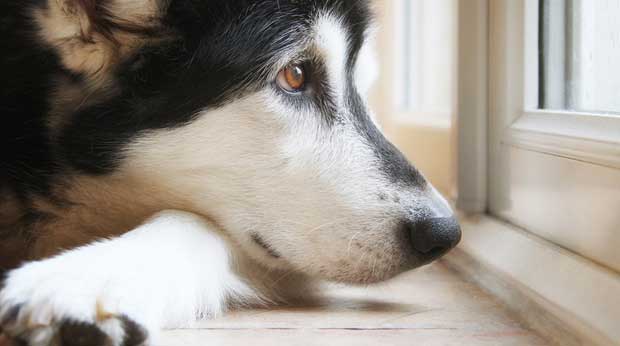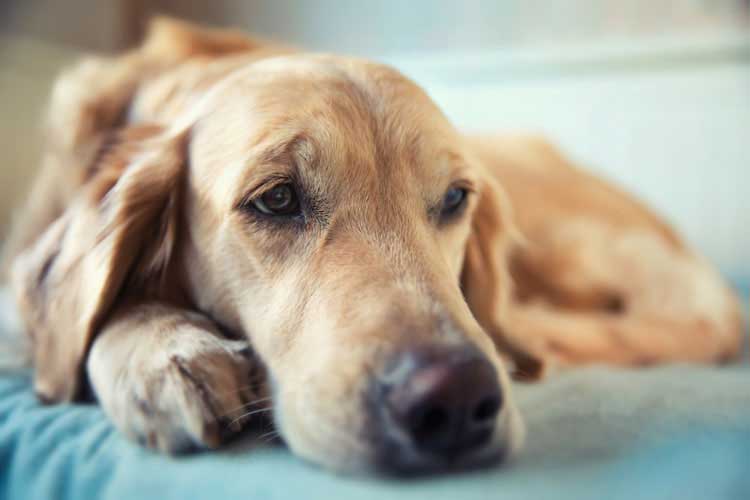This Is the Maximum Amount of Time You Should Leave Your Dog Home Alone: What Every Dog Owner Needs to Know
If you’re a dog owner, chances are you’ve asked yourself the question: How long is too long to leave my dog alone at home? Whether you have a demanding job, social obligations, or errands to run, there will always be moments when your canine companion has to stay behind. But while we often assume dogs are fine on their own during the day, the reality is more complex — and more important than many pet owners realize.
Leaving your dog alone for extended periods can lead to boredom, loneliness, anxiety, and even destructive behaviors. So, what’s the safe window for leaving a dog home alone? And what steps can you take to ensure they’re healthy and happy even when you’re not there?
Let’s break it all down — from expert advice and behavioral science to real-world solutions for busy pet parents.
How Long Should You Leave Your Dog Home Alone?
According to Tamsin Durston, head coach at the Dogs Trust Dog School, the recommended maximum time a dog should be left alone is three to four hours. This guideline might surprise many dog owners, especially those who work full-time jobs that keep them away for 8 to 10 hours a day.
“Just like humans, some dogs are okay being alone, and others really struggle,” says Durston. “It depends on the dog’s personality, training, age, and early experiences.”
Some breeds are more independent by nature, while others are highly social and need frequent interaction. Puppies, senior dogs, rescue animals, and dogs with separation anxiety tend to need more support and companionship than the average adult dog.

Why Leaving Dogs Alone for Too Long Can Be Problematic
While some dogs may tolerate being alone for extended hours, that doesn’t mean it’s ideal or healthy. Dogs are social animals by nature, evolved to live in groups. When left alone for too long, they can become emotionally distressed or develop behavior problems.
Here are some common risks:
- Separation Anxiety: Dogs may bark excessively, destroy furniture, or soil the house when left alone for too long or without proper training.
- Boredom and Stress: Lack of stimulation can lead to destructive behavior or obsessive habits like paw licking or pacing.
- Missed Bathroom Breaks: Most adult dogs can hold their bladder for about 6–8 hours, but it’s not ideal to push that limit daily.
- Interrupted Meal Routines: Dogs that are fed more than once a day or on a strict medication schedule need regular check-ins.
- Lack of Exercise: Physical activity is essential for a dog’s health. Long days indoors often lead to weight gain and muscle weakness.
Factors That Influence How Long a Dog Can Be Left Alone
There’s no universal number that works for every dog. Several key factors determine how long your dog can safely be left alone:
1. Age
- Puppies: Puppies under 6 months generally shouldn’t be left alone for more than 2 hours at a time. They need regular potty breaks, training sessions, meals, and affection.
- Adult Dogs (1–6 years): Many healthy adult dogs can handle 4–6 hours with proper preparation, though shorter durations are always preferable.
- Senior Dogs: Older dogs may need more frequent bathroom breaks and may suffer from health issues that make long periods alone uncomfortable or unsafe.
2. Breed and Temperament
Some breeds (e.g., Basset Hounds, Shiba Inus, and Greyhounds) are more independent, while others (e.g., Labradors, Border Collies, and Toy Poodles) tend to form stronger bonds and struggle with solitude.
3. Training and Socialization
Dogs that are gradually trained to be alone — starting with short periods and gradually increasing — tend to be better adjusted. Rescue dogs or those who were abandoned may be more prone to anxiety and should never be left alone for extended periods until they feel secure.
4. Daily Routine and Mental Stimulation
A dog with a well-structured daily routine that includes physical exercise, playtime, and mental challenges will feel more relaxed and secure when left alone.
Tips for Leaving Your Dog Home Alone Safely
If life requires you to be away for more than a few hours, here are some ways to make your dog’s alone time less stressful and more manageable:
1. Exercise Before You Leave
A tired dog is a content dog. Take your dog for a long walk or play fetch before you leave. Physical activity helps reduce anxiety and encourages them to nap while you’re gone.
2. Create a Safe, Comfortable Space
Designate a cozy area for your dog with a soft bed, their favorite toys, and access to water. Some dogs feel safer in a crate or gated room, especially if they’ve been crate-trained.
3. Use Interactive Toys and Puzzles
Treat-dispensing toys, puzzle feeders, and chew toys help keep dogs mentally stimulated and distracted from your absence.
4. Play Calming Sounds or Music
Classical music or white noise can soothe anxious dogs and block out triggering sounds like traffic or doorbells.
5. Hire a Dog Walker or Pet Sitter
If your schedule doesn’t allow you to come home midday, consider hiring a professional dog walker or asking a neighbor to check in on your dog. Even a 15-minute visit can break up their day and provide reassurance.
6. Use Technology to Stay Connected
Pet cameras allow you to watch, talk to, and even toss treats to your dog remotely. While not a replacement for physical interaction, these devices can offer some comfort.
What If You Work Full-Time?
Millions of dog owners work 9-to-5 jobs, so you’re not alone if this is your concern. The key is to be proactive and make arrangements to ensure your dog’s needs are met:
- Break up long days with midday visits or doggy daycare
- Adjust your schedule to leave a little later or come home earlier when possible
- Coordinate with family members, roommates, or neighbors for help
- Consider remote work days or flexible schedules if your job allows
Can Dogs Be Left Alone Overnight?
In general, it’s not recommended to leave dogs alone overnight, especially without any human check-in. While some well-trained adult dogs may be able to handle it occasionally, overnight isolation can cause stress and confusion. If you must be away, it’s best to arrange for someone to stay with your dog or use a trusted boarding service.
Signs Your Dog May Be Struggling with Being Alone
Pay attention to your dog’s behavior before, during, and after periods of alone time. Warning signs include:
- Excessive barking, whining, or howling
- Destructive chewing or scratching at doors and windows
- House-soiling accidents in a trained dog
- Pacing, drooling, or panting
- Overexcitement or clinginess when you return
If you notice any of these, it may be time to adjust your schedule, provide more enrichment, or consult with a dog behaviorist.
Final Thoughts
At the end of the day, dogs are more than pets — they’re family. And like any family member, they need connection, care, and attention. While life’s demands mean we can’t always be by their side, it’s our responsibility to ensure their well-being when we’re away.
The general rule? Try not to leave your dog alone for more than four hours at a time, especially on a regular basis. Every dog is different, but with preparation, empathy, and smart planning, you can ensure your dog stays healthy, calm, and happy—even when you’re not home.
Because when you walk through the door, tail wagging and eyes gleaming, you’ll be reminded why it’s all worth it.

